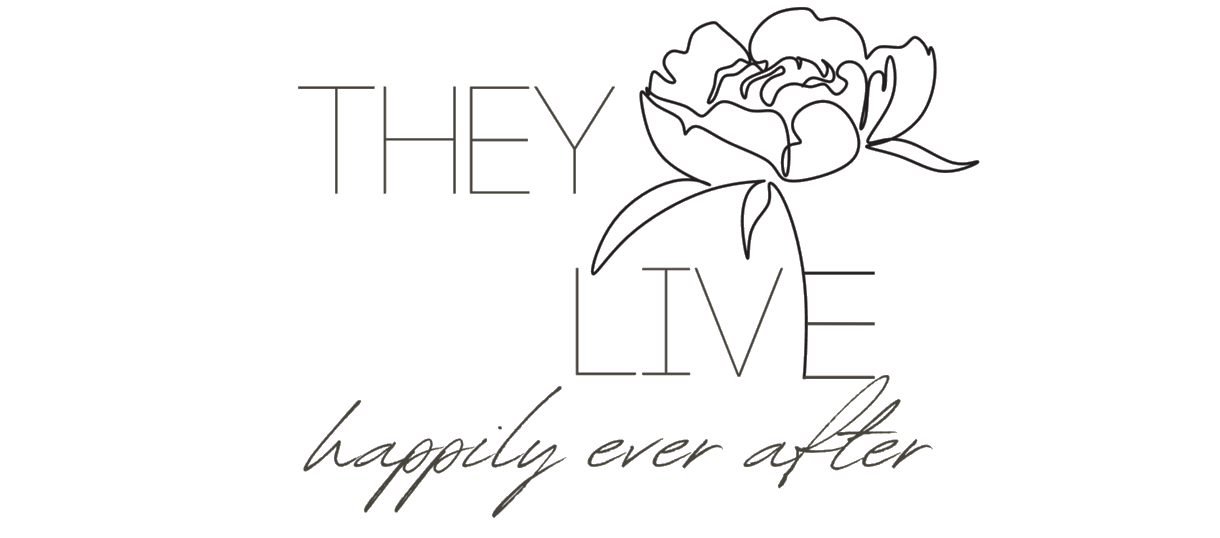Behind the Lens: A Day in the Life of a Wedding Videographer
Photo courtesy of Heritage House.
Weddings are a celebration of love, and every couple dreams of preserving their special day forever. Behind the scenes, wedding videographers work tirelessly to ensure each magical moment is captured with precision and artistry.
To uncover what it truly takes to create those cinematic memories, we spoke with Stephen Mayo, a wedding photographer and videographer at Heritage House, about the intricacies of this demanding yet rewarding role.
The Early Morning Preparation
For a wedding videographer, the day begins well before the first moments of filming. Stephen Mayo explains, “While most of the gear has been prepared the night before, the day starts with checks of equipment. This includes making sure cameras, lenses, microphones, gimbals, and other equipment are ready to go. Ensuring the batteries are charged and all equipment, including backups, are ready is critical.”
Photo courtesy of Heritage House.
In addition to technical preparations, videographers review the wedding schedule and coordinate with photographers to align on timing and shot lists. This ensures seamless coverage of the day’s events. A strong partnership with the photographer and other vendors sets the tone for smooth collaboration, ultimately benefiting the couple.
Capturing the Pre-Ceremony Moments
The pre-ceremony portion of the day is a whirlwind of activity, and it’s often the videographer’s first chance to dive into the action. “Typically, the first stop is to film the bride and groom getting ready,” Stephen shares. This includes documenting bridal details, candid moments, and preparations without disrupting the flow of the day.
For couples who opt for a first look, this moment requires extra coordination. Stephen adds, “Multiple cameras have to be set up and stabilized—either on a tripod or a gimbal. Moving from indoor spaces to outdoor spaces means changing camera settings for both creative and practical reasons.” This adaptability ensures the first look is captured beautifully, preserving the raw emotion of the moment.
Photo courtesy of Heritage House.
The Ceremony: Precision and Discretion
When the ceremony begins, the stakes are high, as there are no second chances to capture the vows or emotional reactions. “Before the ceremony, videographers have to make sure the couple and the officiant have a microphone,” Stephen says. “A backup microphone is also set up. Ensuring audio equipment is functioning correctly is vital because you can't recreate these moments.”
Throughout the ceremony, discretion is a top priority. Videographers position themselves strategically to film without distracting the guests or interrupting the flow of the event. This careful balance of attentiveness and subtlety allows them to capture every meaningful detail while staying in the background.
The Energy of the Reception
The reception is where emotions run high, and spontaneity rules. Stephen highlights the dynamic nature of this part of the day: “Videographers have to ensure the audio is properly set up to capture speeches, the band or DJ, and any other audio that may need to be captured. Receptions are dynamic, and the schedule often changes.”
Photo courtesy of Heritage House.
From capturing heartfelt toasts to documenting lively dance floors, wedding videographers must be ready to adapt to changing moments at a moment’s notice. Their ability to anticipate key interactions, like the couple’s first dance or the bouquet toss, ensures no highlight goes unnoticed.
The End of the Day: Packing Up and Securing Footage
After the celebration winds down, the videographer’s work isn’t done. Packing up equipment safely and ensuring footage is stored securely are critical final steps. “As the event ends, safely packing up equipment and ensuring all footage is safely stored is the next step,” Stephen explains. “After returning to the office, the files are downloaded to multiple hard drives and backed up to an off-site location.”
This meticulous approach to safeguarding footage underscores the responsibility videographers feel in preserving a couple’s memories. By taking these extra precautions, they ensure the raw footage is ready for the next phase: editing.
Photo courtesy of Heritage House.
Post-Production: Where the Magic Happens
Though the wedding day itself is over, the videographer’s journey continues in the editing suite. “Post-production doesn't usually happen on the wedding day, but it is a significant part of the videographer's work,” Stephen says. “Editing the footage, adding music, and creating a cohesive and engaging final video for the couple is the priority.”
This process involves crafting a narrative from hours of footage, highlighting the couple’s love story in a way that’s unique to them. Music selection, colour grading, and seamless transitions are just a few of the elements that turn raw clips into a cinematic masterpiece.
***
A wedding videographer’s role goes far beyond pointing a camera—it’s a blend of technical expertise, creative vision, and emotional storytelling. Stephen Mayo’s insights offer a glimpse into the dedication it takes to deliver a final product that couples will treasure for a lifetime.
As you plan your wedding, understanding the effort and artistry behind your wedding videographer’s work can deepen your appreciation for their craft. By choosing a skilled professional, you’re not just hiring someone to film your day—you’re investing in a timeless keepsake that will allow you to relive your celebration for years to come.





